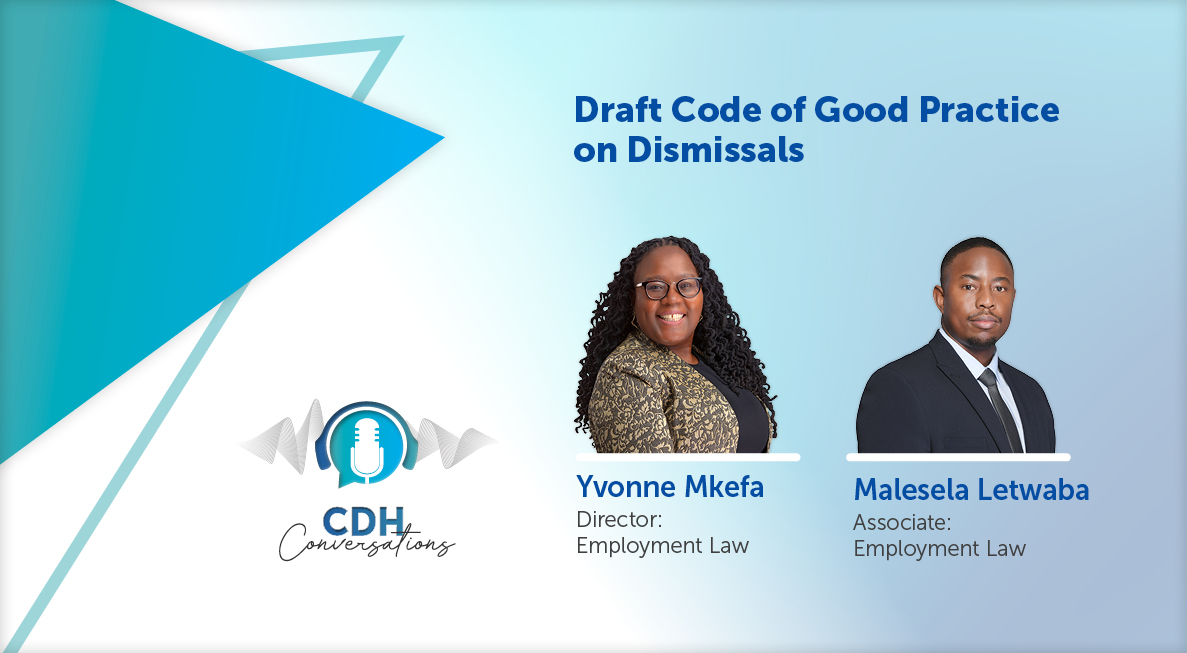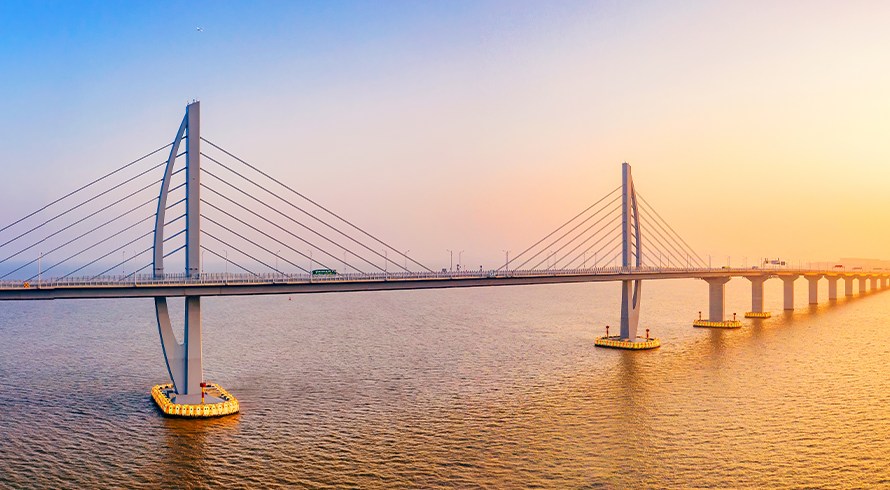Virtual wheeling agreements: A new frontier in renewable energy supply solutions
At a glance
- The amendment of the Electricity Regulation Act 4 of 2006 (ERA) in August 2021 was an important step in promoting private electricity generation and procurement in South Africa. In addition to dispensing with the need for a license for projects with a generation capacity below 100MW, Schedule II of the ERA was amended to allow for the wheeling of electricity to multiple customers.
- While traditional wheeling remains a valuable and indispensable mechanism for developing the private energy market, certain regulatory and practical factors do limit its ability to cater for nuanced energy supply solutions.
- Eskom recognised this and developed a virtual wheeling platform (VWP) as a concept product to circumvent these limitations. The VWP is a digital mechanism used to aggregate Time-of-Use generation and consumption data, which ultimately allows Eskom to refund a single buyer, while individual offtake sites or customers continue to consume electricity and be billed as before.
Wheeling offers a solution whereby independent power producers (IPPs) can generate electricity in one location and utilise the existing transmission and / or distribution networks to supply third-party offtakers situated in different locations to the generation plant.
With wheeling as a possibility, the aforementioned amendment to the ERA resulted in the launch of numerous private procurement processes, especially in the commercial and industrial (C&I) space, whereby private offtakers sought to procure renewable energy directly from IPPs under corporate power purchase agreements (PPAs).
Limitations to traditional wheeling
While it remains a valuable and indispensable mechanism for developing the private energy market, certain regulatory and practical factors do limit the ability of “traditional wheeling” to cater for nuanced energy supply solutions, including:
- Where the offtaker has a municipal point of connection to the grid, wheeling is only possible insofar as the municipality has adopted a formal wheeling framework, inclusive of a tariff and billing policy. In July 2023, the South African Local Government Association (SALGA) released a report on the status of wheeling in South African municipalities (SALGA Report), which confirmed that there are “only a few operational municipal wheeling systems in place”. To ensure regulatory alignment, various municipalities are holding off on developing wheeling policies as they await the formulation and publication of a national wheeling framework by the National Energy Crisis Committee of Ministers.
- An offtaker is required to amend its electricity supply agreement (ESA) with, depending on its point of connection, Eskom or the relevant municipality. This is to ensure wheeling credits are reflected on the offtaker’s electricity bill.
- Where an Eskom-connected generator seeks to wheel power to an offtaker that has a municipal grid connection, it will require an amendment to the ESA between Eskom and the municipality to ensure the municipality’s electricity bill caters for wheeling credits. Generally, Eskom requires a security deposit prior to signing an amended or new ESA. While Eskom did announce that it will waive this requirement for municipalities in good financial standing, many municipalities will not be able to pass this test.
The above factors are particularly problematic in instances where a customer has multiple offtake sites in various locations, each with a different point of connection to the transmission and distribution network. Examples include the real estate sector, where a property company owns multiple office buildings across the country; or a large retailer with stores, warehouses and offices in different locations.
As a result, wheeling solutions have, to the exclusion of a large portion of the private market, thus far mostly been limited to larger high-voltage C&I customers that are connected to the Eskom grid.
Virtual wheeling as a solution and opportunity
Recognising what essentially became an insurmountable hurdle, Eskom developed its virtual wheeling platform (VWP) as a concept product to circumvent the issues outlined above. The VWP is a digital mechanism used to aggregate Time-of-Use (TOU) generation and consumption data, which ultimately allows Eskom to refund a single buyer, while individual offtake sites or customers continue to consume electricity and be billed as before by Eskom or their relevant municipality.
To better explain, consider a scenario where the buyer is a corporate entity with multiple offtake sites in different municipal jurisdictions. In this instance, virtual wheeling contemplates the following:
The buyer enters into:
- a virtual wheeling agreement with Eskom;
- a VWP agreement with an Eskom-certified VWP vendor – it is understood that traders will likely fulfil this role; and
- a PPA with one or more IPPs.
- Eskom-approved smart meters are installed at both the generation and offtake sites to record generation and consumption TOU data.
- The VWP vendor aggregates the TOU data and feeds it into the Eskom VWP.
- Eskom pays the buyer a wheeled energy refund, at Eskom-determined wholesale energy pricing system TOU rates, for the energy generated by the IPPs and exported to the grid.
- The individual offtake sites or customers continue to be billed as usual by their relevant municipalities.
The benefit of the above is that no amendments to existing ESAs are required, with no impediments occasioned by municipalities’ lack of wheeling frameworks. That being said, Eskom will not process the refund where the offtaker or municipality's Eskom account is not in good standing.
This is but a single example, with the VWP also providing traders with the opportunity to purchase and aggregate energy from one or more generates, to allocate to multiple offtakers.
Unlocking the energy market
With the first virtual wheeling agreement recently concluded with Eskom, it is evident that the VWP is progressing past concept stage.
Eskom’s explanatory presentation on virtual wheeling confirms that “Virtual wheeling and the accompanying wheeled energy refund mechanism – amongst other interventions – will stimulate a significant influx of new buyers which in turn will increase IPP investment and market activity.”
In addition to adding more capacity to the grid by enabling a broader range of consumers to access renewable energy supply, the mechanism reinforces the importance of the role that traders are and will continue to play in the fast-evolving South African electricity market.
The information and material published on this website is provided for general purposes only and does not constitute legal advice. We make every effort to ensure that the content is updated regularly and to offer the most current and accurate information. Please consult one of our lawyers on any specific legal problem or matter. We accept no responsibility for any loss or damage, whether direct or consequential, which may arise from reliance on the information contained in these pages. Please refer to our full terms and conditions. Copyright © 2026 Cliffe Dekker Hofmeyr. All rights reserved. For permission to reproduce an article or publication, please contact us cliffedekkerhofmeyr@cdhlegal.com.
Subscribe
We support our clients’ strategic and operational needs by offering innovative, integrated and high quality thought leadership. To stay up to date on the latest legal developments that may potentially impact your business, subscribe to our alerts, seminar and webinar invitations.
Subscribe




